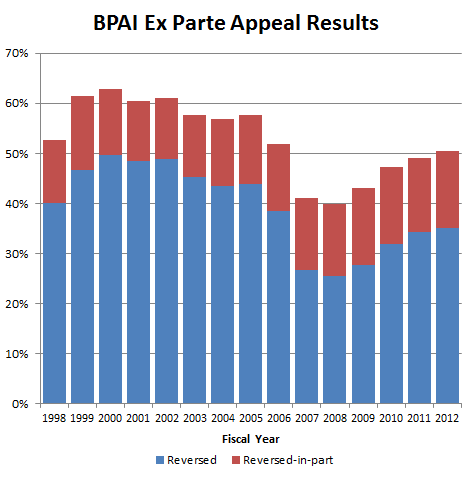Guest Post by Robert R. Sachs of Fenwick & West LLP
Read Part I; Part II; and Part III.
It seems like only yesterday the Court told us that the “machine or transformation” test was “a useful and important clue, an investigative tool, for determining whether some claimed inventions are processes under § 101.” The Court’s reasoning suggested that while passing MoT was not necessary, it was still a sufficient condition for patent eligibility, and if nothing else indicated that the invention was not an abstract idea, law of nature, or natural phenomena.
Now, less than two years later, the Court diminishes the test further: “we have neither said nor implied that the [machine-or-transformation] test trumps the ‘law of nature’ exclusion.” What this means in practice is that even if a claim satisfies the MoT test, it could still be deemed unpatentable subject matter, especially by a fact which follows this Court’s method of a) stripping claims down to ”instruction manual” glosses, and b) finding the presence of “natural relations” to be dispositive evidence of a “natural law” in the claim.
In short, before Prometheus, you could assert that your claim was patentable subject matter because it satisfied MoT. Now MoT does you little if any good—it’s gone from a sufficient condition to a mildly interesting one.
Standing Up for the Patent Bar
For some reason the Court seems to delight in denigrating the role of patent counsel in drafting claims, treating patent attorneys as either mere scriveners or crafty manipulators of words and phrases, clauses and conjunctions. “Those cases warn us against interpreting patent statutes in ways that make patent eligibility depend simply on the draftsman’s art.” Indeed, in calling patent attorneys draftmen, apparently the Court believes that all we do is make fancy pictures. Name me another legal discipline in which there is a special bar exam, not to mention to a requirement of an engineering or science degree. What is it about patent law that makes the Court think we’re not lawyers?
Second, I ask you: what’s wrong with making patent eligibility depend on our skill? The patent is a contract, a quid quo pro: disclose the invention and in exchange obtain the exclusive right. The patent act requires patents to recite claims that define the invention, the USPTO examines the claims, and infringement is based on the claims. The validity of every other legal document depends on the “draftsman’s art,” upon the skill of the lawyer—just ask any licensing attorney, securities lawyer, or trusts and estate attorney. Why are patent attorneys somehow not given the same level of recognition by the Court, that what we do is a legal activity, that claims are first and foremost legal definitions? That we are charged not just with describing the implementation of an invention to meet the legal test of an enabling disclosure—but with defining by way of a claim the “metes and bounds” of the invention. We are trusted with carefully carving out a space for the broadest yet most precise statement of the invention, surrounded on all sides by the prior art, using nothing more than a single sentence. Where other legal writers suffer no consequence for employing laundry lists of verbs, nouns, adjectives—to throw in the kitchen sink of do not fold, spindle, mutilate, tear, shred, distort, etc.—we are compelled by case law to consider every word as critical. A misplaced comma, the use of “the” instead of “a,” “at least one” instead of “each,” can spell the difference between a patent worth millions and patent worth less than wallpaper. The California Civil Code includes a section of codified Maxims of Jurisprudence; my favorite is “Superfluidity does not vitiate.” True for every attorney but patent attorneys. Show me another area of legal drafting that is as highly constrained in both form and substance as patent claim writing.
The Court also seems to think that inventors arrive at the patent attorney’s door step with their inventions fully formed, fully understood, and fully explained and explainable. In some cases, in some fields, that may be true—say for those funny hats with fans, beer cans, and scrolling LEDs. But for the majority of technologies, the patent attorney is an active and necessary participant in the creation of the patent and its value. Many inventors simply do not know what they have invented, they lack the framework for understanding their inventions, first in the context of the prior art, and second in the context of how the USPTO and the courts analyze inventions under the law. Senior patent attorneys often have significantly more exposure and breadth of experience in their particularly technology areas than the inventors that they advise. They combine their understanding of the patent law, the technology, and the business goals of the inventor to create something that did not previously exist: an intellectual property right. This is no mere scrivener’s recording, from the inventor’s lips to the patent examiner’s ear to the court’s gavel. This is legal counseling and crafting at its best.


